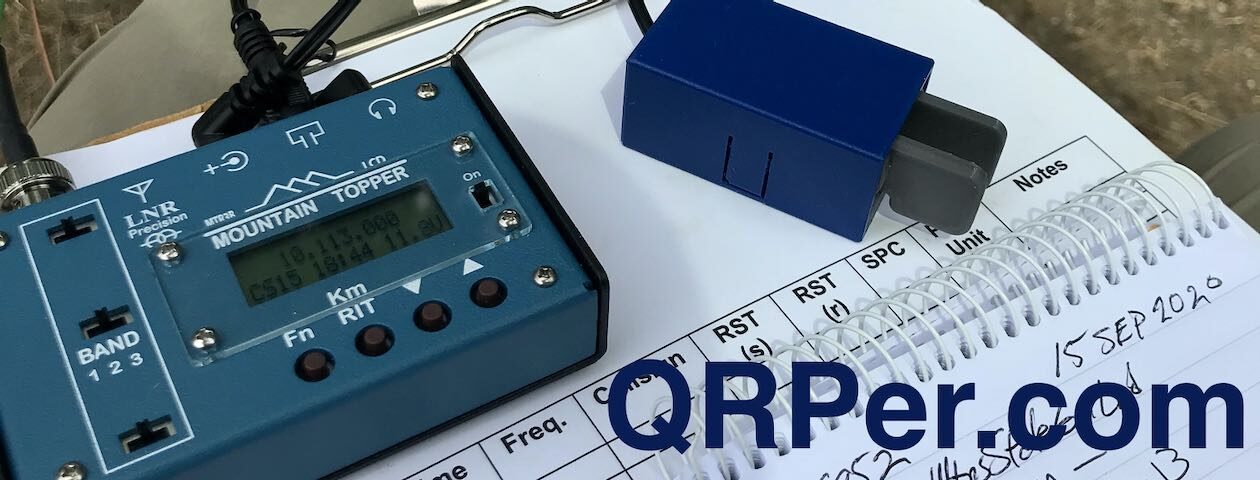 Many thanks to Barry (WD4MSM) who writes:
Many thanks to Barry (WD4MSM) who writes:
Thomas,
I thoroughly enjoy the website and movies!
Could you answer one question?
How much arborist throw line do you take into the field? 150’ – 100’ – less?
Thanks for taking the time to answer.
Barry WD4MSM
Great question, Barry!
I basically have four variations of throw line kits.
You’ve asked about line lengths, but I’m also asked frequently about the throw weight sizes and throw line bags as well.
First, let’s take a look at my kit variations, then I’ll share my thoughts on throw line lengths, weights, and bags. Note that many of these products are Amazon so there are affiliate links:
Throw Line with folding cube
One is my original Weaver throw line kit made up of two parts:
The line length is 150 feet (45.72 meters).
I tend to use this throw line when I’m doing a POTA activation very close to my vehicle. It’s lightweight, but a bit bulky to take on a long hike.
Compact Arborist Throw Line Kit
This kit is identical to my large folding cube kit above, but the throw weight is 12 oz and I store it in a small Weaver stuff sack.
Continue reading Arborist throw lines: Ideal lengths, weights, and packs for field radio





























